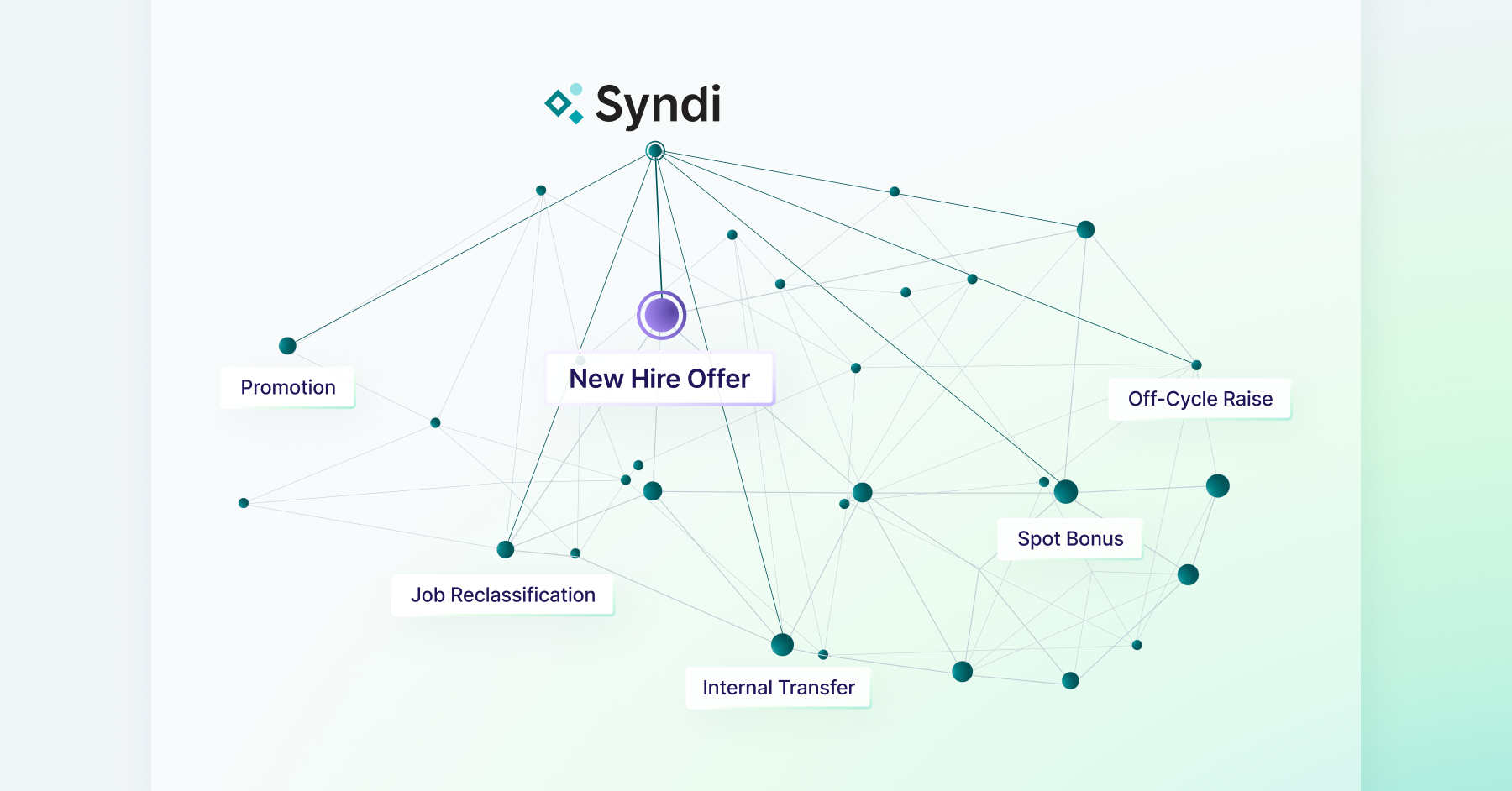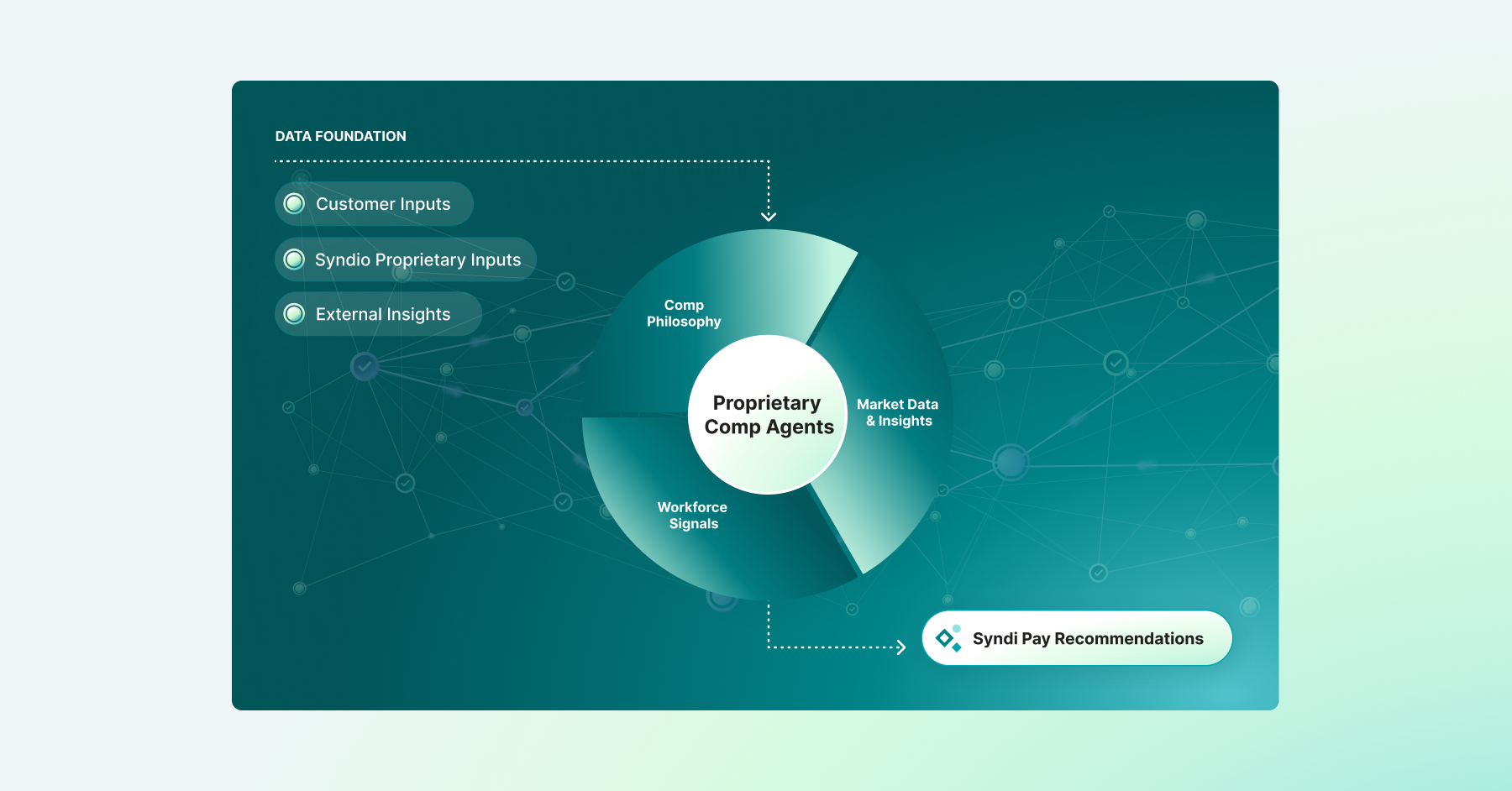Equal pay is having its moment in the spotlight, thanks to fierce advocates like the U.S. National Women’s Team, Natasha Lamb, TIME’S UP, Kamala Harris, and others. As we begin to translate the momentum into action, it’s important to understand the nuances between frequently used terms — what is pay parity vs pay equity? How does the motherhood penalty affect the gender pay gap?
As Syndio provides pay equity analysis software, it is our mission to educate employers and employees on key pay equity terms as well as provide the most efficient ways to quickly eradicate pay disparities in the workplace.
Gender pay gap
The gender pay gap compares the typical pay between working men and working women. Women in the U.S. make roughly 80 cents for every dollar earned by a man. Another way to think of this is as the opportunity gap: that is, systemic inequitable access to jobs and promotions that lead to women being underrepresented in society’s highest-paying jobs.
Pay equity
Gender-based pay equity compares what women are paid versus their similarly situated male co-workers, “controlling for” or “statistically adjusting” for factors such as job, seniority, and geography. Often referred to as “equal pay for equal work.”
Motherhood penalty
Mothers in the workforce experience additional disadvantages compared to women who are not mothers, including a per-child wage penalty. The “motherhood penalty” may account for a significant proportion of both the gender pay gap and differences in pay equity. (From the Harvard Kennedy School’s Women and Public Policy Program Gender Action Portal)
100% pay parity
100% pay parity refers to achieving fully balanced pay equity at an organization. This term is often used when breaking down what is pay equity vs. the pay gap.
When a company claims they have achieved “100% pay parity”, it can mean a number of things. We believe it should mean a company has analyzed its entire population, compared men and women in similar jobs, and after controlling for relevant factors (using pay equity software, of course), the percent of women who are underpaid because of their gender is zero (or at least doesn’t round to 1%).
Because companies rarely give insight into their pay equity methodology — did they exclude anyone, how many small groups evaded analysis, did they apply valid controls, etc. — it’s difficult to know what an assertion of “100%” really means. Since research shows transparency can have a positive impact on retention, being open about how 100% pay parity was achieved is in the company’s best interest.
Substantially similar work
When it comes to state pay equity laws, they often have different flavors of “substantially similar work,” which defines how to group employees for your pay equity analysis. Although the true definition of substantially similar differs state-to-state, it largely means grouping employees who do similar work, as defined by skill, effort and responsibility.
Need more definitions? Check out our Glossary of Workplace Equity Terms.


